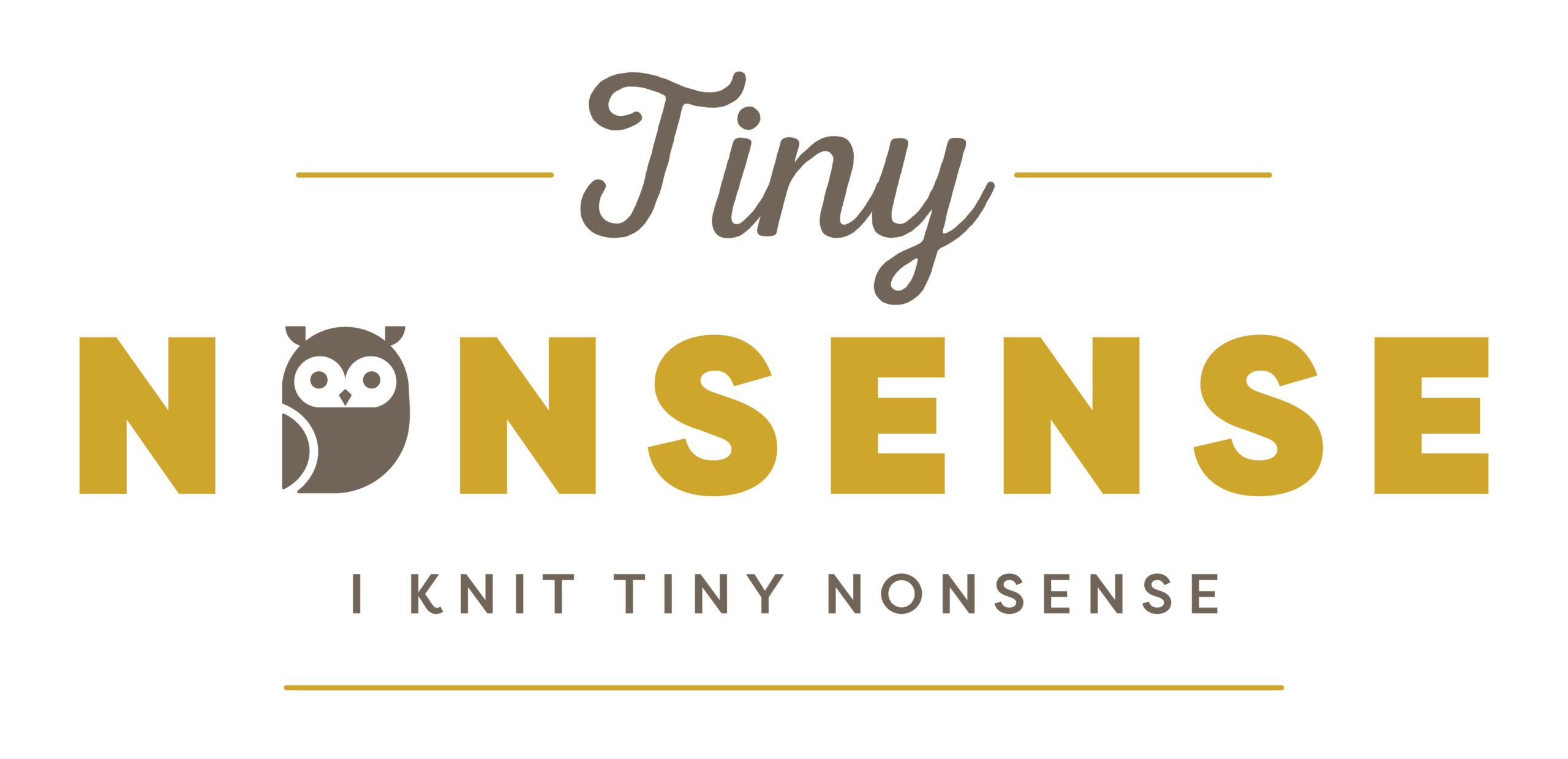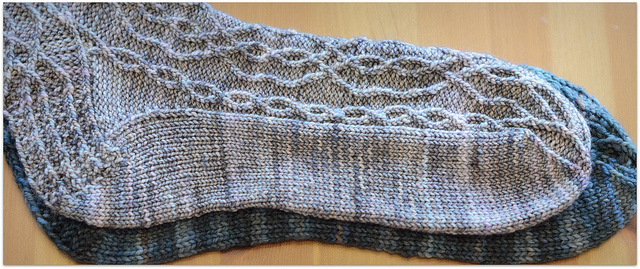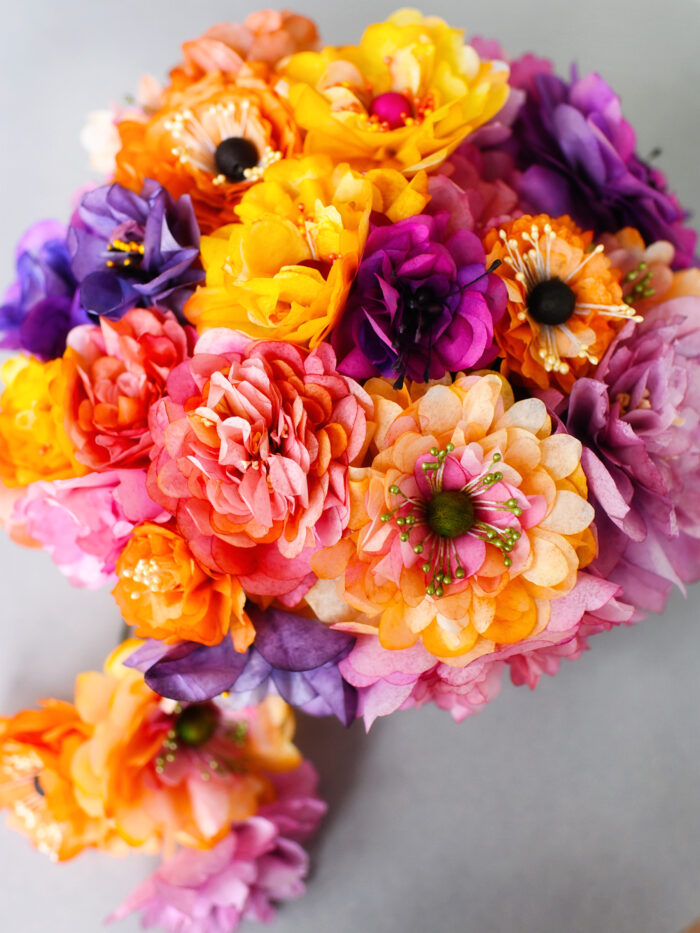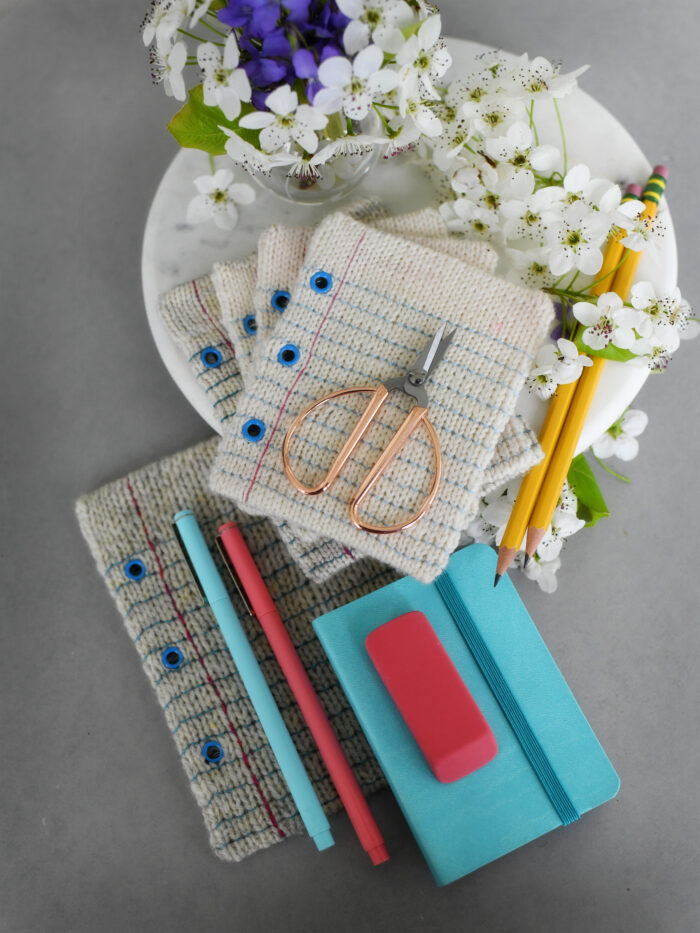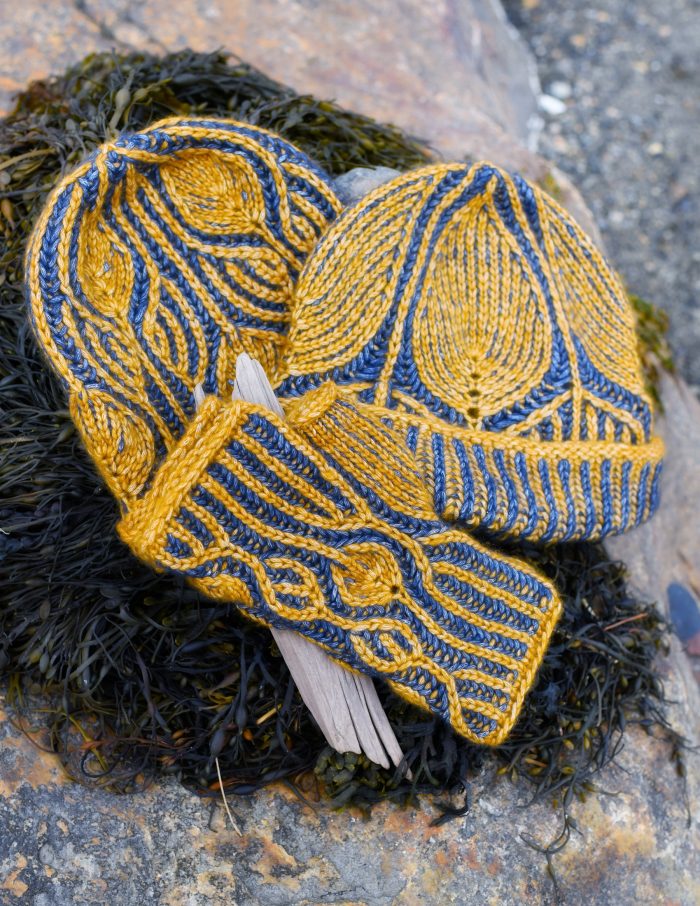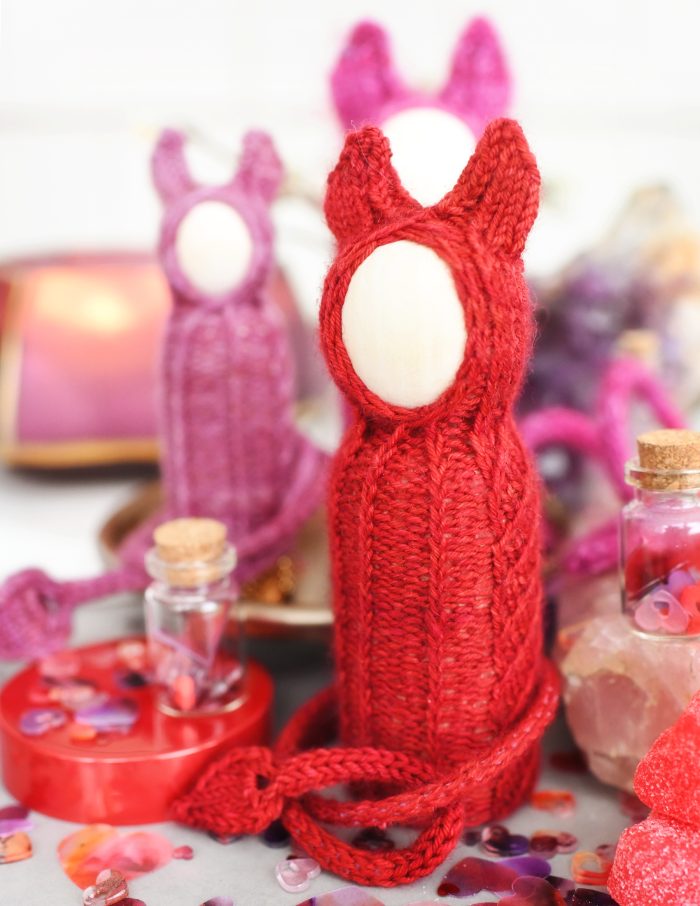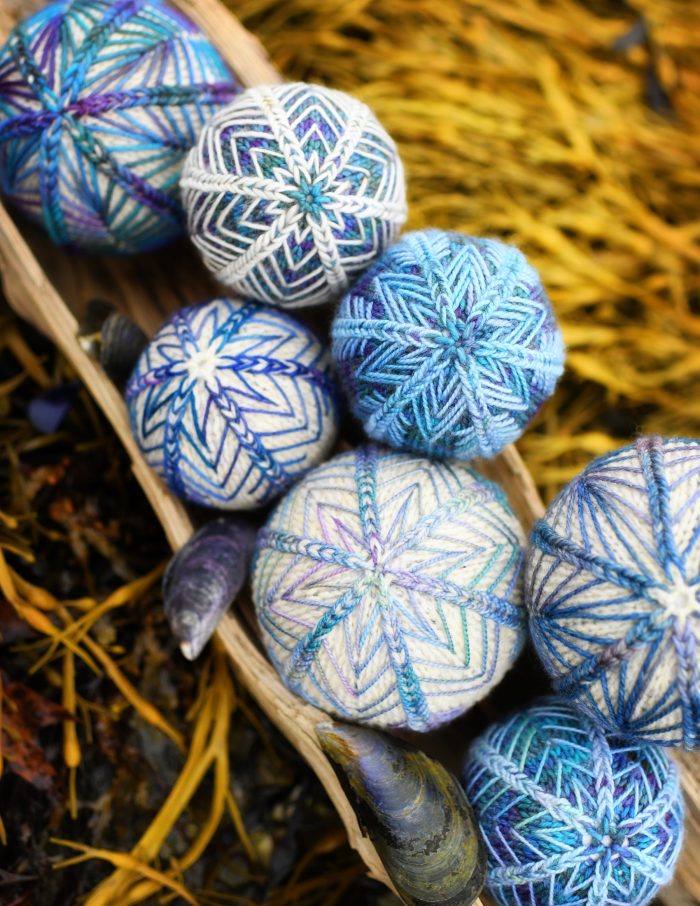The Mysteries of Gauge
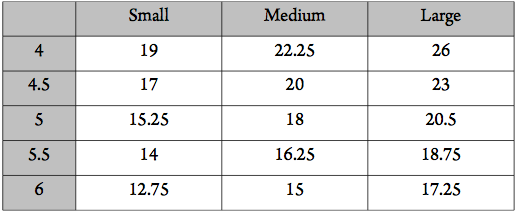 On a lot of my recent patterns, I’ve included a wee little chart like this. The shaded column on the left is gauge (in stitches per inch). The shaded row on the top lists the various sizes the pattern is written in. The cells in the middle tell you what size finished object you’ll get if you make a given size at a given gauge. So with this chart, if you were working at a gauge of 4.5 stitches per inch, and you make the size medium, you’ll get a hat with a finished size of 20 inches.
On a lot of my recent patterns, I’ve included a wee little chart like this. The shaded column on the left is gauge (in stitches per inch). The shaded row on the top lists the various sizes the pattern is written in. The cells in the middle tell you what size finished object you’ll get if you make a given size at a given gauge. So with this chart, if you were working at a gauge of 4.5 stitches per inch, and you make the size medium, you’ll get a hat with a finished size of 20 inches.
This demonstrates one of the most basic things about knitting, and one of the things I think a surprisingly large number of knitters haven’t quite internalized. You can really fine tune your sizing through yarn choice and gauge. Now this isn’t magic (it’s math) and it doesn’t work for everything. But it is an awfully handy tool to have in your box of tricks when you want to nudge the size of something just a bit.
The socks I’m working on now are a perfect illustration of this. Let’s look.
The gray socks on the top have a 64 stitch foot. The blue socks on the bottom have 54 stitch foot. Yet as you can see, the blue socks are quite a bit bigger than the gray socks. This is because the gray socks are worked at a gauge of 8 stitches to the inch, and the blue socks are worked at a gauge of 6 stitches to the inch.
This only works because the socks use radcially different yarns. The gray socks are a traditional sock weight, and the blue socks are a heavy dk. So both socks are knit up at an appropriate density (nice firm fabric suitable for socks) for the given yarn. You can’t just use the gray yarn at 6 stitches per inch (it would feel like walking on little wires, and it would wear through in a few hours) or the blue yarn at 8 stitches per inch (you’d break your needles and the fabric would be stiff like cardboard).
But, with a bit of planning, this approach can let you use a wider range of patterns and yarns than you might think. Let’s say you’ve fallen madly in love with a pattern that comes in a 64 stitch size and calls for a gauge of 8 stitches per inch. That gives about an 8 inch sock. What if your feet aren’t 8 inches? If you’ve got bigger feet, pick a thicker yarn and work at a gauge of closer to 7.5 or 7 stitches per inch. If you’ve got smaller feet, pick a thinner yarn and work at a gauge of closer to 8.5 or 9 stitches per inch. This trick lets you fine tune the final size without having to adjust the pattern itself. Especially for something like a sock where a half inch one way or the other can make all the difference, it works beautifully.
Now I can’t speak to the skinny yarns (I’ve got big feet and I’m a lazy knitter), but I have a nice little list of excellent thick sock yarns. I’ll come back and post them later if people are interested (and I’d love to hear from you folks with tiny feet or more patience about which skinny sock yarns are your favorite).
Mailing List
Want to hear when a new pattern comes out or something fun is going on? Sign up below!
Patreon
Want to support the content I create, get nifty bonus material for some of my favorite patterns, or get every new release delivered right to your inbox? Head over to patreon and sign up!
